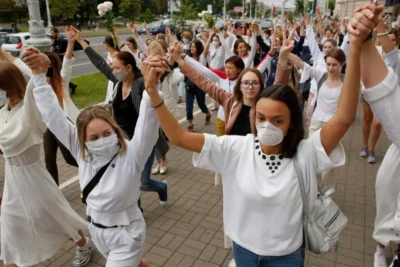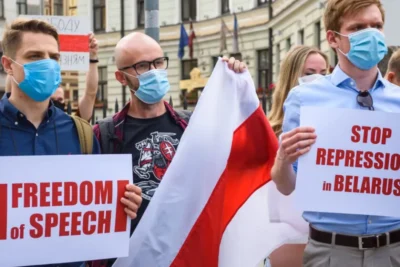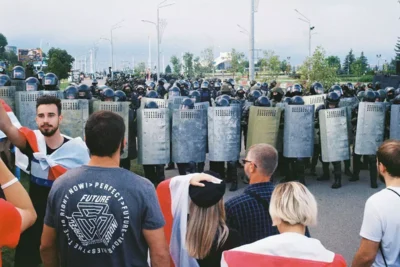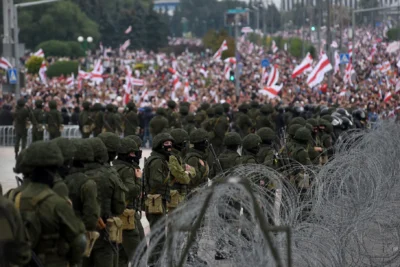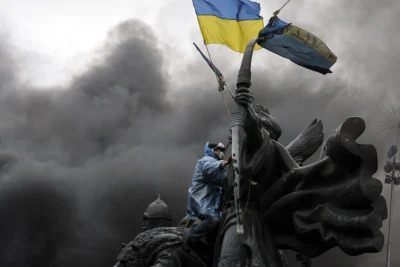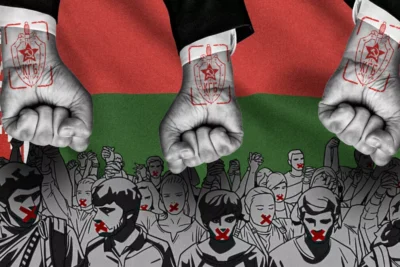
Belarus Sanctions 2025: How International Pressure Shapes the Regime
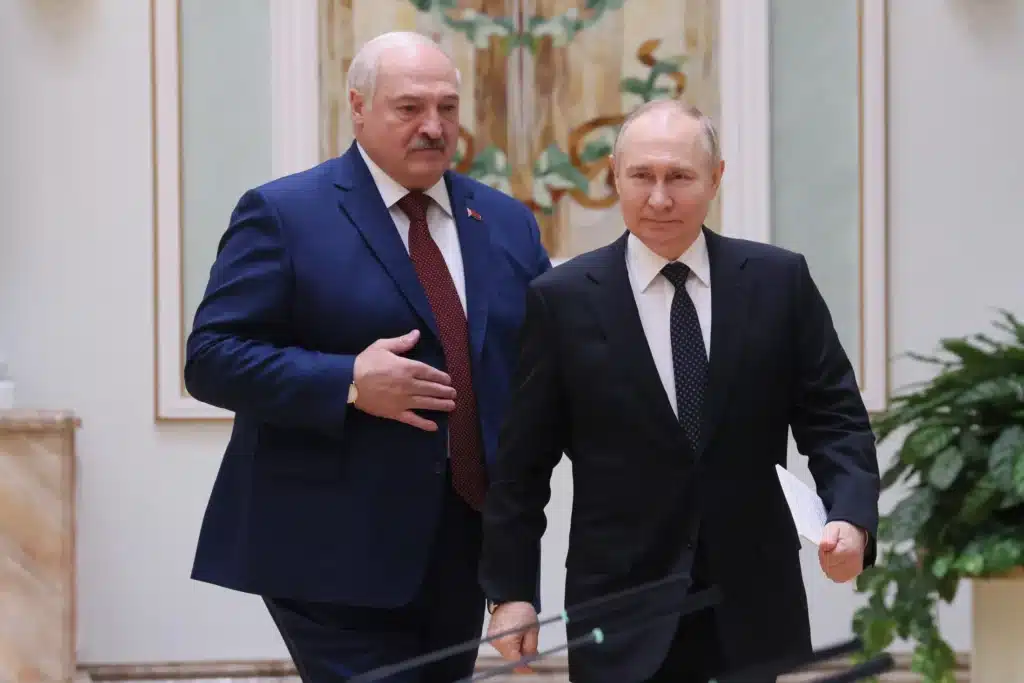
- 🚫 Key Sanctions Imposed on Belarus
- 💸 Economic Impact of Sanctions
- 🎯 Targeted Sanctions on Individuals
- ⚖️ Effectiveness of Sanctions: Do They Work?
- 🕵️ Regime’s Countermeasures and Adaptation
- 🌐 International Response and Diplomatic Tensions
- 🔮 The Future of Belarus Sanctions
- ❓ FAQs: Belarus Sanctions 2025
Belarus Sanctions 2025 remain one of the most significant tools used by the international community to pressure Alexander Lukashenko’s authoritarian regime. Imposed after the brutal crackdown on protests in 2020 and deepened due to Belarus’s support for Russia’s invasion of Ukraine, these sanctions target both the state apparatus and key sectors of the economy.
But how effective are they in reshaping Belarus’s political landscape? And at what cost to ordinary citizens?
🚫 Key Sanctions Imposed on Belarus
Sanctions against Belarus in 2025 are extensive and coordinated across Western powers. They include:
- Economic sector bans: Potash and oil exports, historically major revenue streams, are heavily restricted in EU and US markets.
- Financial restrictions: Major Belarusian banks remain disconnected from SWIFT, isolating the country from international finance.
- Technology embargoes: Prohibitions on advanced machinery, semiconductors, and software limit industrial modernization.
- Airspace bans: Belarusian airlines are barred from entering EU and US airspace, further isolating the country.
These sanctions collectively curb Belarus’s economic capacity and weaken its integration into global markets.
🔗 Read more: Belarusian Economy 2025: How Sanctions and Russian Dependence Shape the Future
💸 Economic Impact of Sanctions
The sanctions have severely disrupted Belarus’s economy:
- GDP decline: The economy is forecasted to shrink by 3% in 2025, largely due to reduced exports.
- Inflation surge: Consumer prices remain volatile, affecting food and basic goods.
- Loss of trade partners: European markets once accounted for nearly half of Belarusian exports; now, Russia dominates trade ties.
Without access to Western capital and technology, Belarus leans almost entirely on Moscow for loans, subsidized energy, and trade—deepening its dependence on Russia.

🎯 Targeted Sanctions on Individuals
In addition to economic measures, hundreds of Belarusian officials face targeted sanctions:
- Asset freezes: High-ranking officials and regime-linked business elites are barred from accessing their funds abroad.
- Travel bans: Many Lukashenko allies are prohibited from entering EU, UK, and US territories.
- Judicial targeting: Judges complicit in political trials face penalties, as do KGB officials linked to human rights abuses.
These measures aim to personally pressure decision-makers within the regime while sparing ordinary citizens, although spillover effects remain.
⚖️ Effectiveness of Sanctions: Do They Work?
The effectiveness of sanctions is debated:
- Proponents argue: Sanctions weaken Lukashenko’s financial network, strain state budgets, and send a strong diplomatic message.
- Critics warn: They may entrench dependence on Russia and hurt ordinary Belarusians more than political elites.
For now, Lukashenko’s grip remains intact, suggesting that sanctions alone may not be sufficient to trigger regime change.
🕵️ Regime’s Countermeasures and Adaptation
Belarus has developed creative ways to evade and adapt to sanctions:
- Trade rerouting: Goods are re-exported via Russia, Kazakhstan, Turkey, and UAE, masking their origin.
- Cryptocurrencies: Businesses and elites use digital currencies to bypass financial restrictions.
- “Import substitution”: The regime pushes domestic production campaigns, though most lack viability without foreign components.
These adaptations reduce immediate pressure but fail to offer sustainable economic recovery.
🌐 International Response and Diplomatic Tensions
Sanctions continue to provoke rhetoric from Minsk accusing the West of “economic warfare.” Lukashenko frames them as proof of a Western plot to destabilize Belarus, bolstering his narrative domestically.
Meanwhile:
- The EU reviews sanctions quarterly, with incremental updates targeting new entities.
- The U.S. Treasury expands Magnitsky-style designations, focusing on human rights abusers.
- Human rights NGOs urge tougher measures against state-owned companies financing repression.
🔮 The Future of Belarus Sanctions
Analysts predict sanctions will remain in place through 2025 and beyond unless there are significant reforms, such as the release of political prisoners or free elections.
However, if Russia’s economic situation worsens, Belarus’s dependence on Moscow could become unsustainable, forcing Lukashenko to seek negotiations with the West.
❓ FAQs: Belarus Sanctions 2025
Q1: What sanctions are currently imposed on Belarus?
Belarus faces EU, US, UK, and Canadian sanctions targeting trade, finance, technology, and travel bans on officials.
Q2: How do sanctions affect ordinary Belarusians?
Sanctions indirectly raise inflation and reduce job opportunities, while elites often evade the worst effects.
Q3: Who are the main targets of individual sanctions?
Top officials, judges, KGB agents, and business figures close to Lukashenko.
Q4: Are sanctions weakening Lukashenko’s regime?
They constrain state resources but have not yet forced political concessions, partly due to Russian support.
Q5: How does Belarus circumvent sanctions?
By rerouting exports through allied nations, using cryptocurrency, and deepening ties with Russia and China.

